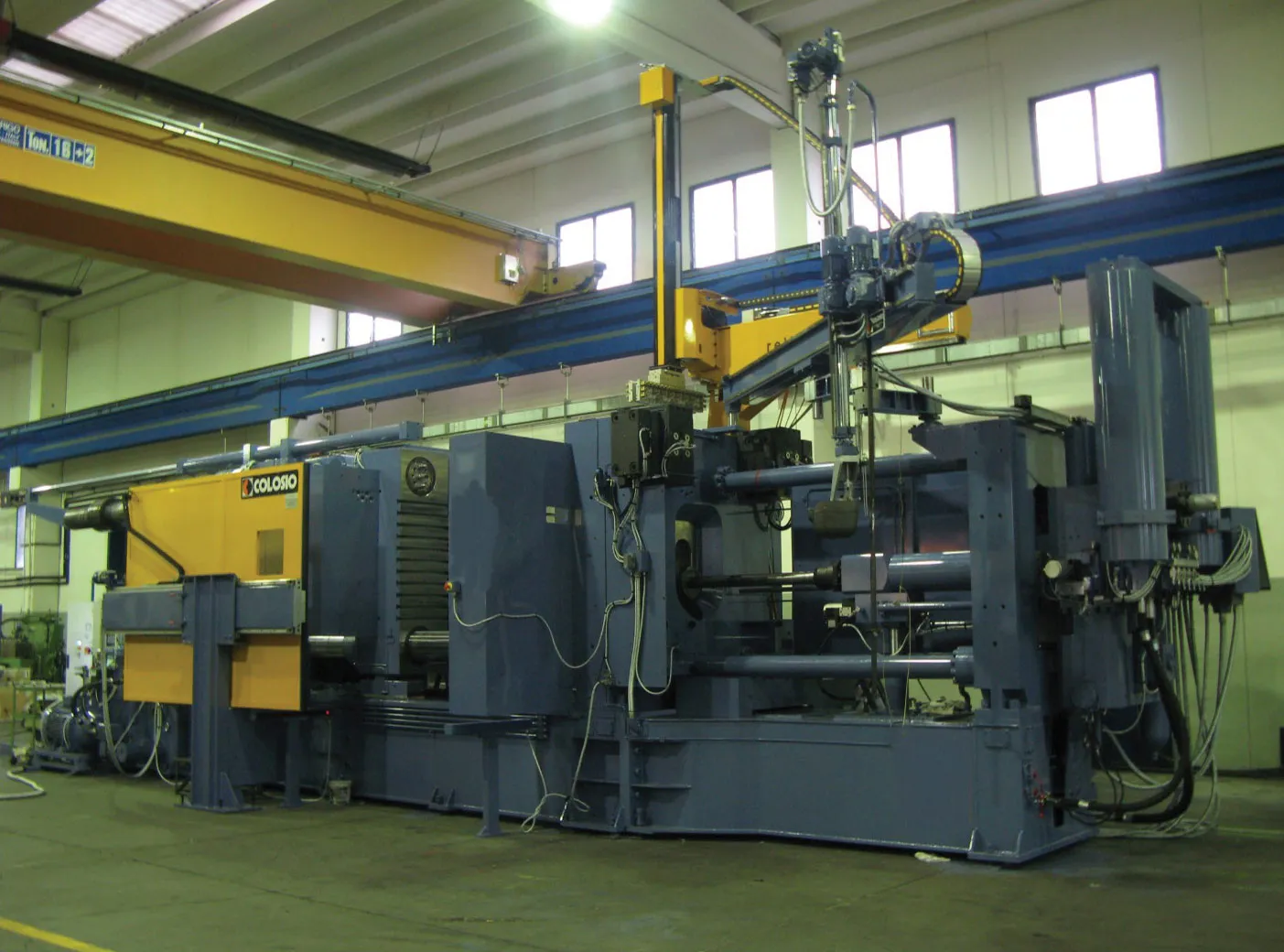In the dynamic world of the automotive industry, efficiency, precision, and quality are essential factors in the production of components. In this context, die casting has become one of the most important technologies for manufacturing complex, durable, and lightweight metal parts—key elements in the assembly of modern vehicles.
What Is Die Casting?
Die casting is a metal casting process in which molten metal (typically aluminum, zinc, or magnesium) is injected at high pressure into a steel mold known as a “die.” Once cooled, the solidified metal takes the exact shape of the mold, resulting in high-precision parts with excellent surface finishes.
Advantages of Die Casting in the Automotive Industry
- High precision and repeatability Die casting enables the production of parts with very tight tolerances, reducing the need for post-machining and ensuring consistency across components.
- Weight reduction Using lightweight alloys like aluminum makes it possible to produce strong components with less weight, contributing to better energy efficiency in vehicles.
- High-volume production The process is ideal for mass production, allowing for fast and automated cycles that reduce both time and manufacturing costs.
- Complex designs Die casting makes it possible to produce intricate shapes and fine details that would be difficult or expensive to achieve with other methods.
- Durability Die-cast parts are typically more wear-resistant, making them suitable for demanding mechanical applications.
Common Die Casting Applications in Automobiles
- Engine blocks
- Transmission housings
- Structural components
- Brackets and mounts
- Steering and suspension parts
- Electronic enclosures
Innovation and Sustainability
Today, die casting is also evolving with more sustainable technologies, such as in-plant aluminum recycling systems and lower-energy casting processes. Advanced alloys are being developed to improve the mechanical and thermal resistance of parts, expanding their use in electric and lightweight vehicles.
Conclusion
Die casting is a key technology that continues to drive innovation and efficiency in the automotive industry. Its ability to produce lightweight, durable, and precise components makes it an essential tool for manufacturers striving to meet today’s standards for quality, sustainability, and performance.
Other Publications Technological Trends in the Mining Industry for 2025 Basic Glossary of Technical Terms for Industrial Clients How to Choose the Right Industrial Equipment for Your Application How Promimex Solutions Help Reduce Environmental Impact Preventive Maintenance for Industrial Equipment: What You Need to Know
Posts Categories Education and Best Practices Process Optimization Sustainability and Technology Technical and Product Topics Trends and Industry
Products & Services Agitators (TecProMin) JetGuard® Submersible Shotcrete Dewatering Pumps (PumpEng) Pumps Accessories (Dragflow) Steel Cable Dredges (Dragflow) Lift Tables (Corental)

